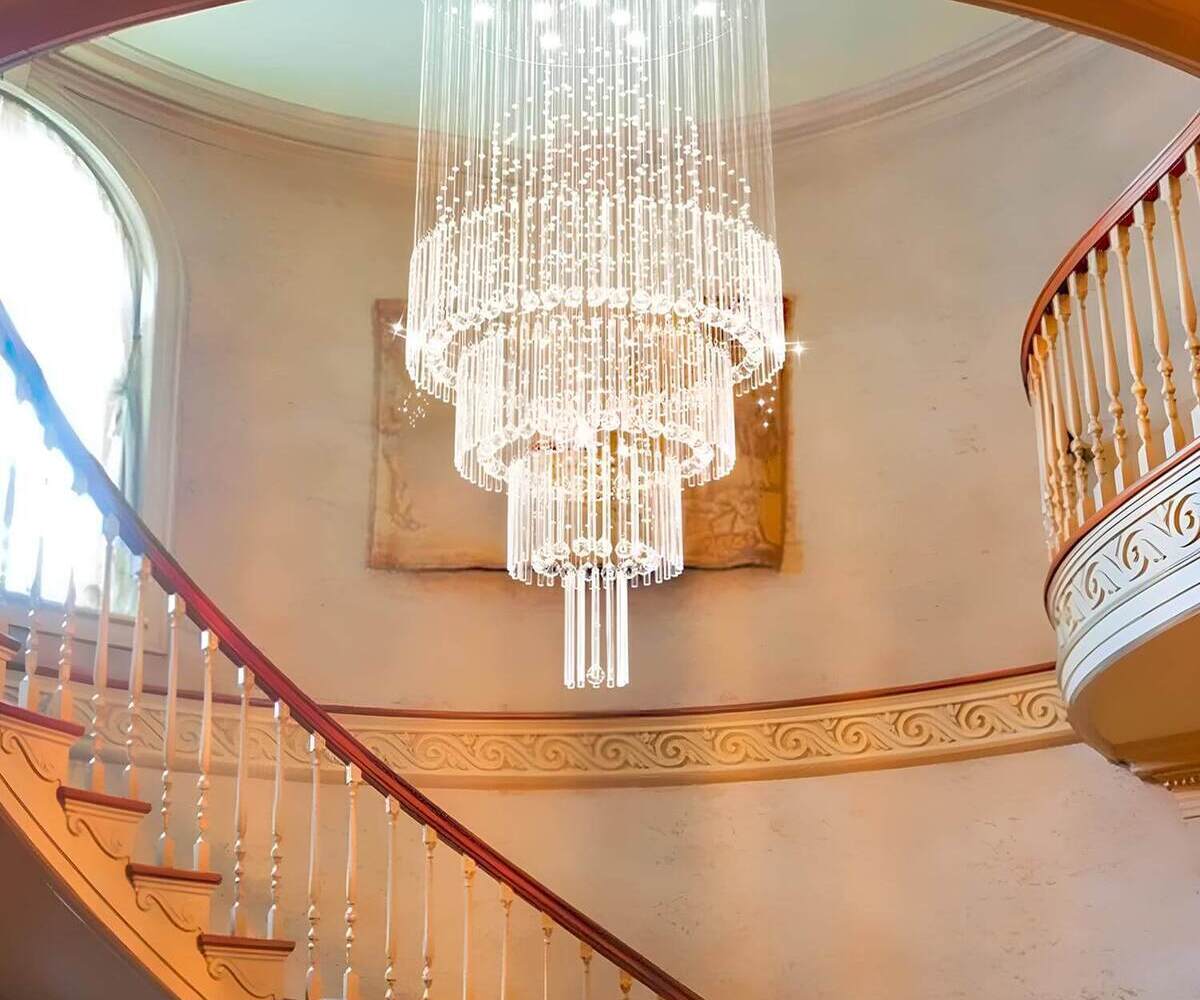

Furniture
What Wattage For A Chandelier
Modified: January 18, 2024
Looking for the perfect chandelier for your furniture? Discover the ideal wattage for a chandelier and light up your space with style and elegance.
(Many of the links in this article redirect to a specific reviewed product. Your purchase of these products through affiliate links helps to generate commission for Storables.com, at no extra cost. Learn more)
Introduction
Chandeliers are not just functional lighting fixtures; they are also statement pieces that add elegance and character to any room. Whether you are updating your existing chandelier or selecting a new one, it is important to consider the wattage to ensure optimal lighting and ambiance.
In this article, we will explore the ins and outs of chandeliers and how to determine the appropriate wattage for your specific needs. We’ll also touch on energy-efficient options and provide some practical tips to help you choose the right wattage for your chandelier.
So, let’s dive in and shed some light on the world of chandeliers!
Key Takeaways:
- Choose chandelier wattage based on room size, ceiling height, and functionality. Consider LED chandeliers for energy efficiency, cost savings, and improved lighting quality. Seek expert advice for optimal lighting effects.
- Select chandelier wattage to create desired ambiance and mood. Assess room size, purpose, and consult with a lighting specialist for personalized guidance. Explore energy-efficient LED chandeliers for sustainable lighting solutions.
Read more: What Is A Good Wattage For A Juicer
Understanding Chandeliers
A chandelier is a lighting fixture that hangs from the ceiling, typically featuring multiple branches or arms with light sources. Traditionally, chandeliers were adorned with crystal or glass ornaments, creating a dazzling display of light and luxury. However, modern chandeliers come in a variety of designs, materials, and styles to suit different interior aesthetics.
There are several types of chandeliers, each with its own unique characteristics:
1. Crystal Chandeliers: These chandeliers exude opulence and elegance. They are crafted with crystal or glass elements that refract light, creating a dazzling and sparkling effect.
2. Candle Chandeliers: Inspired by the traditional candle-lit chandeliers of the past, these fixtures evoke a rustic and romantic ambiance. Instead of traditional light bulbs, candle chandeliers feature candle-like lights or simulated candles.
3. Drum Chandeliers: With a drum-shaped shade surrounding the light source, these chandeliers offer a modern and sleek look. The shade can be made of various materials, such as fabric, metal, or glass.
4. Sputnik Chandeliers: These chandeliers feature a distinctive, futuristic design with multiple arms extending outward in a starburst pattern. Sputnik chandeliers are often associated with mid-century modern and retro styles.
5. Mini Chandeliers: Ideal for smaller spaces or as accent lighting, mini chandeliers are smaller in size and typically feature fewer lights. They are versatile and can be used in various rooms, such as bedrooms, bathrooms, or walk-in closets.
These are just a few examples of the many types of chandeliers available in the market. When selecting a chandelier, consider the design and style that best complements your overall interior design scheme and personal aesthetic preferences.
Determining the Wattage for Your Chandelier
Choosing the right wattage for your chandelier is crucial to ensure proper lighting and create the desired ambiance in your space. Here are a few factors to consider when determining the wattage:
1. Room Size: The size of the room plays a significant role in determining the wattage. Larger rooms require higher wattage to provide sufficient lighting, while smaller rooms may need lower wattage to avoid overwhelming the space with excessive brightness.
2. Ceiling Height: The height of your ceiling will impact how the light spreads throughout the room. Higher ceilings may require higher wattage to effectively illuminate the space, while lower ceilings may not need as much wattage.
3. Functionality: Consider the purpose of the room where the chandelier will be installed. If it’s a dining room where you’ll be hosting dinner parties and gatherings, you may want a chandelier with higher wattage to create a warm and inviting atmosphere. On the other hand, for a bedroom or a relaxation area, you may prefer a chandelier with lower wattage for a more subdued and calming effect.
4. Fixture Design: The design and style of the chandelier can also influence the wattage. Chandeliers with multiple bulbs or arms will generally require higher wattage to ensure even distribution of light. However, chandeliers with shades or diffusers may require lower wattage as they can soften and filter the light.
When it comes to determining the recommended wattage, there are some general guidelines you can follow:
– For rooms with a standard ceiling height (8 to 10 feet), a chandelier with a wattage range of 200-400 watts is typically appropriate.
– For rooms with higher ceilings, you can increase the wattage by adding 50-100 watts for each additional foot of ceiling height.
– In rooms where a chandelier is primarily used for decorative purposes rather than providing substantial lighting, you can opt for lower wattage options.
Calculating the exact wattage for your chandelier can be done by considering the total square footage of the room. As a rough estimate, you can multiply the square footage by 1.5 to determine the wattage needed. However, it’s always a good idea to consult with a lighting specialist or electrician for a more accurate calculation based on your specific room dimensions and lighting requirements.
Remember, these guidelines serve as a starting point, and it’s essential to consider your personal preferences and the unique characteristics of your space when determining the wattage for your chandelier.
When choosing the wattage for a chandelier, consider the size of the room and the desired level of brightness. As a general guideline, aim for 200-400 total watts for a dining room chandelier, and 100-200 total watts for a bedroom or living room chandelier.
Energy Efficiency and Lighting Options
When selecting a chandelier, it’s worth considering energy-efficient options that can not only save you money on your electricity bill but also have a positive impact on the environment. One of the popular choices for energy-efficient chandeliers is LED (Light Emitting Diode) technology. Here’s why LED chandeliers are gaining popularity:
LED Chandeliers:
LED chandeliers use significantly less energy compared to traditional incandescent or fluorescent bulbs. They are highly efficient in converting electricity into light, resulting in reduced energy consumption and lower energy costs. LED bulbs also have a longer lifespan, lasting up to 25 times longer than incandescent bulbs, reducing the frequency of bulb replacements.
LED chandeliers come in a variety of designs and styles, allowing you to find the perfect fit for your space. You can choose from a range of colors and temperatures to create the desired ambiance, whether it’s warm and cozy or cool and crisp. LED bulbs are also compatible with dimmer switches, giving you the flexibility to adjust the brightness level to suit different occasions and moods.
Benefits of Energy-Efficient Lighting:
Opting for energy-efficient lighting, such as LED chandeliers, offers several benefits:
1. Cost Savings: LED bulbs have lower energy consumption, resulting in reduced electricity bills over time. Due to their longer lifespan, they also require fewer replacements, saving you money on maintenance and replacement costs.
2. Environmental Impact: Energy-efficient lighting reduces carbon emissions and helps conserve natural resources. By choosing LED chandeliers, you are contributing to a greener future by reducing your carbon footprint.
3. Improved Lighting Quality: LED bulbs provide bright and even illumination, enhancing the aesthetics of your space while maintaining visual comfort. LED lighting technology has advanced significantly, offering high color rendering and excellent light distribution.
4. Safety and Durability: LED bulbs produce very little heat compared to traditional bulbs, reducing the risk of burns or fire hazards. They are also more durable and resistant to shock and vibrations, making them ideal for chandeliers that may encounter frequent movements or vibrations.
By investing in energy-efficient lighting options like LED chandeliers, you can enjoy the benefits of cost savings, improved lighting quality, and a reduced environmental footprint. So, consider making the switch to LED chandeliers for a more efficient and sustainable lighting solution.
Practical Tips for Choosing the Right Wattage
When it comes to selecting the right wattage for your chandelier, there are a few practical tips that can help you make an informed decision. Here are three key considerations:
1. Assessing the Room Size and Purpose:
The size and purpose of the room should be the starting point for determining the wattage. Consider whether the room is spacious or compact, and whether it serves a functional or primarily decorative purpose. Larger rooms may require higher wattage to adequately light up the space, while smaller rooms may need lower wattage to prevent over-illumination.
For example, a dining room where you host dinner parties and gatherings may benefit from a chandelier with higher wattage to create a warm and inviting atmosphere. On the other hand, a bedroom or a relaxation area may call for a chandelier with lower wattage to achieve a more intimate and relaxing ambiance.
2. Considering the Ambiance and Mood:
Think about the ambiance and mood you want to create in the room. The wattage of the chandelier can greatly influence the lighting atmosphere. Higher wattage can provide brighter and more intense lighting, while lower wattage can create a softer and more ambient glow.
Take into account the room’s function and the activities that will take place there. For example, a chandelier in a living room where you unwind and watch TV may benefit from dimmable or lower wattage options to create a cozy and relaxed atmosphere. On the other hand, a chandelier in a home office or a workspace may require higher wattage to ensure adequate brightness for tasks and productivity.
3. Consulting with a Lighting Specialist:
If you’re unsure about the wattage requirements for your chandelier or need help assessing your specific lighting needs, consulting with a lighting specialist or an electrician can be highly valuable. These professionals have the expertise and experience to guide you in choosing the right wattage, taking into consideration factors such as ceiling height, room dimensions, and desired lighting effects.
A lighting specialist can also assist in selecting the appropriate fixture style and design that complements your overall interior decor. They can help you find the perfect balance between functionality and aesthetics, ensuring that your chandelier not only provides adequate lighting but also enhances the visual appeal of the room.
By assessing the room size and purpose, considering the ambiance and mood, and seeking advice from a lighting specialist, you can confidently choose the right wattage for your chandelier. This will result in a well-lit space that perfectly suits your needs and creates the desired atmosphere.
Read more: What Wattage Should Outdoor Lights Be
Conclusion
Choosing the right wattage for your chandelier is essential to create the perfect lighting and ambiance in your space. Factors such as room size, ceiling height, functionality, and personal preferences all play a role in determining the appropriate wattage. By following some practical tips and considering energy-efficient options, you can make an informed decision and achieve the desired lighting effects.
Understanding the different types of chandeliers available allows you to select a fixture that not only provides adequate lighting but also complements your interior design style. Whether you opt for a crystal chandelier, a candle chandelier, a drum chandelier, or any other type, it’s important to choose one that enhances the overall aesthetic appeal of the room.
When it comes to wattage, considering the room size and purpose helps determine the appropriate level of brightness required. You should also take into account the desired ambiance and mood you want to create. For some spaces, a cozy and intimate atmosphere may be preferred, while in others, ample and bright lighting may be necessary for tasks or activities.
Additionally, considering energy-efficient lighting options like LED chandeliers can have a positive impact on both your electricity bills and the environment. LED bulbs are known for their longevity and energy-saving qualities, making them a sustainable choice.
Lastly, when in doubt, don’t hesitate to consult with a lighting specialist or electrician. These professionals can provide valuable insights and guidance to ensure that you choose the optimal wattage for your chandelier and achieve the desired lighting effects.
In conclusion, selecting the right wattage for your chandelier is a crucial step in creating a well-lit and inviting space. By carefully considering various factors, exploring energy-efficient options, and seeking expert advice, you can make the perfect choice and bask in the radiant glow of your chandelier for years to come.
Frequently Asked Questions about What Wattage For A Chandelier
Was this page helpful?
At Storables.com, we guarantee accurate and reliable information. Our content, validated by Expert Board Contributors, is crafted following stringent Editorial Policies. We're committed to providing you with well-researched, expert-backed insights for all your informational needs.
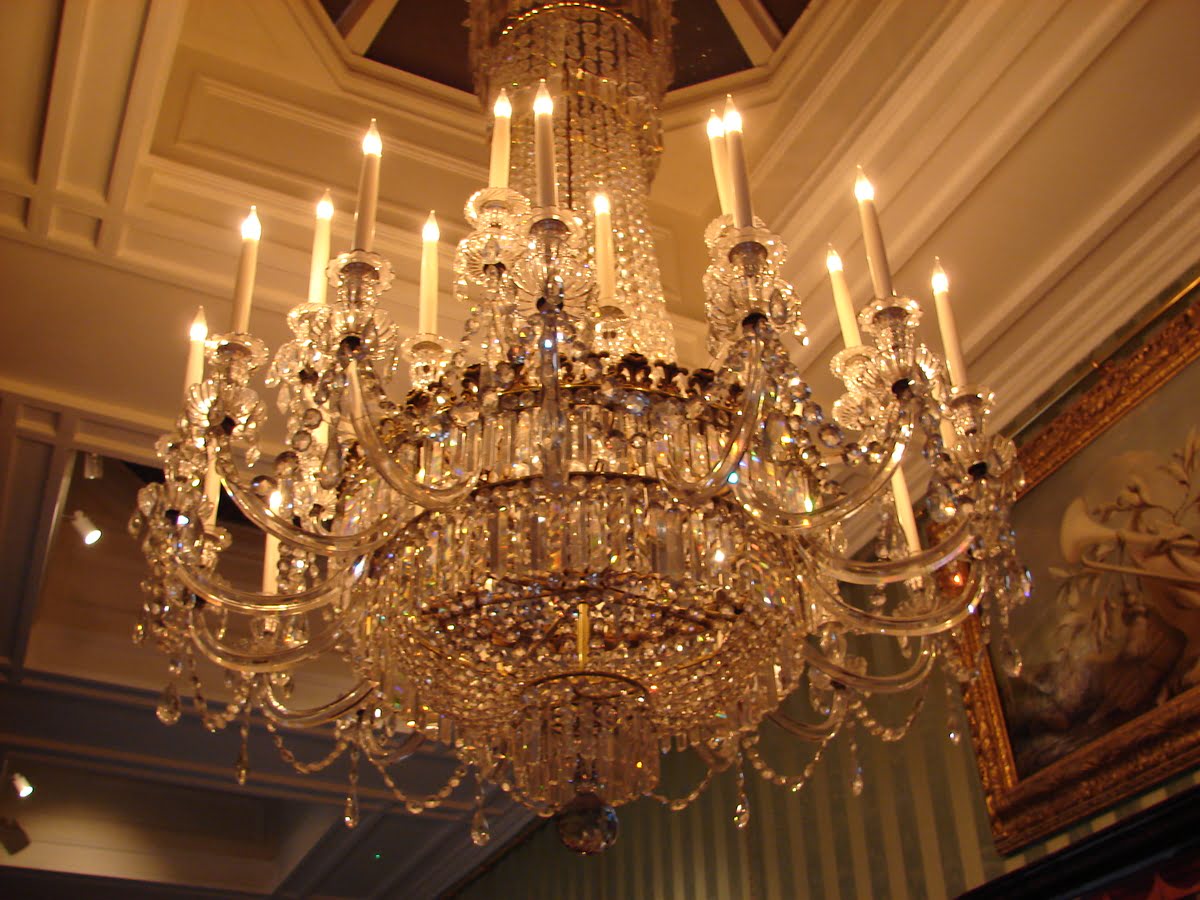
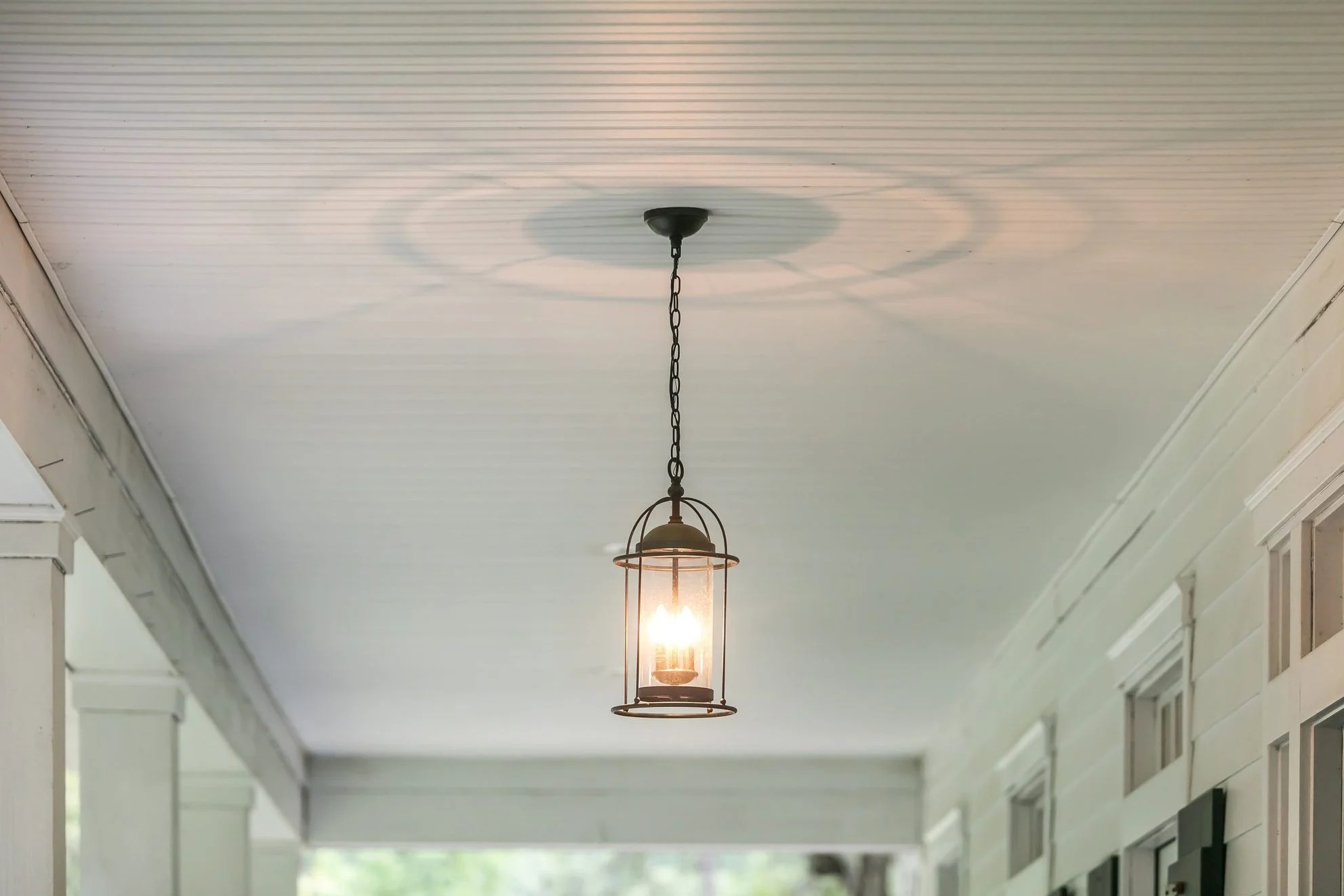
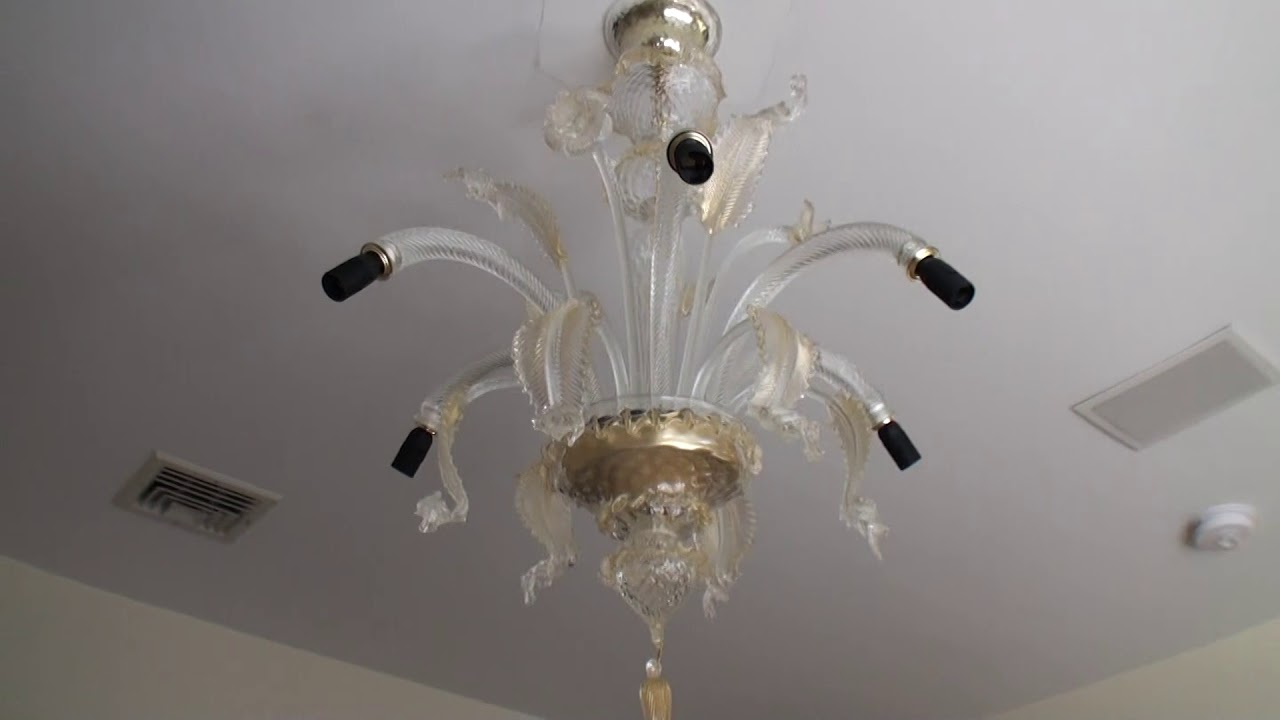
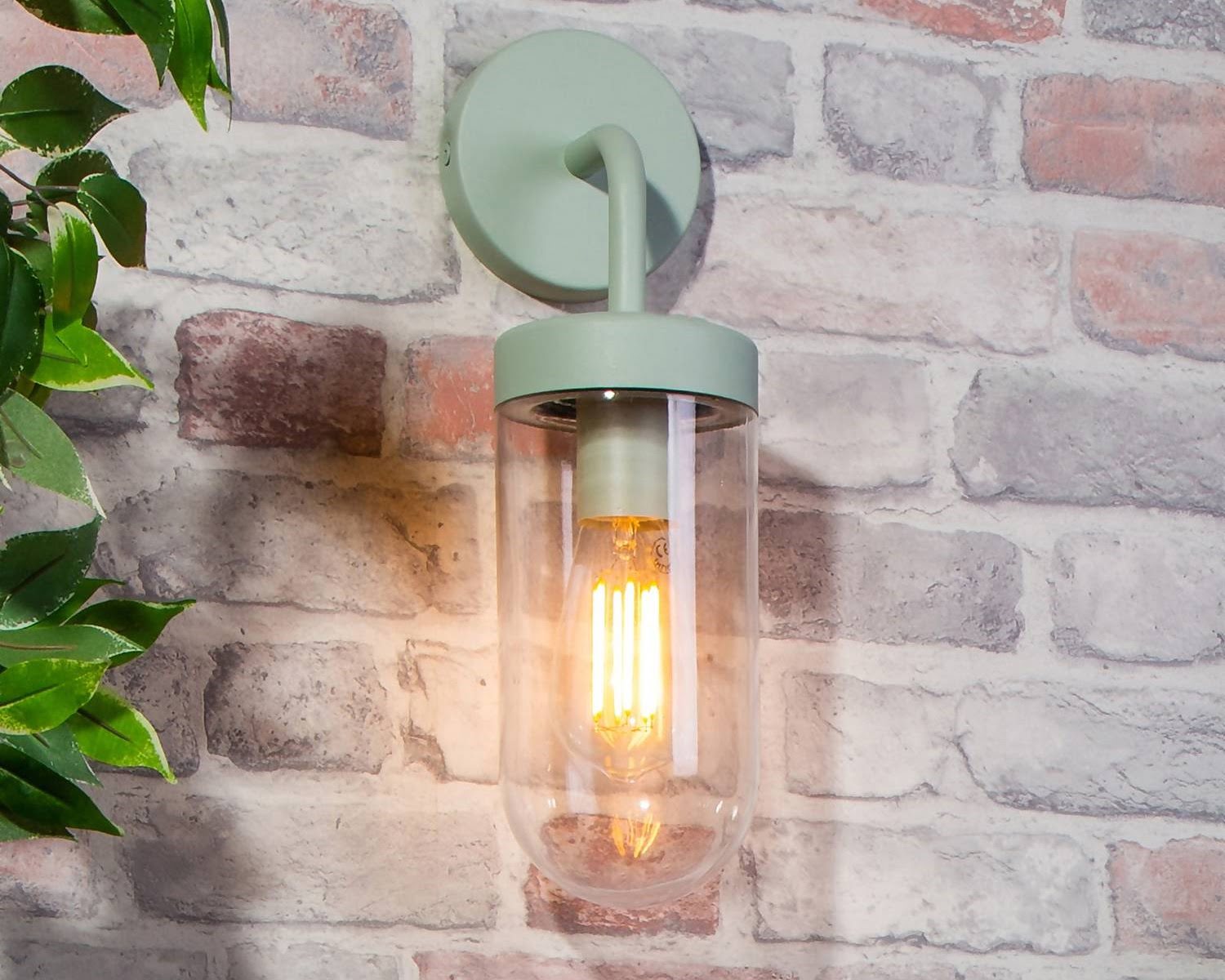


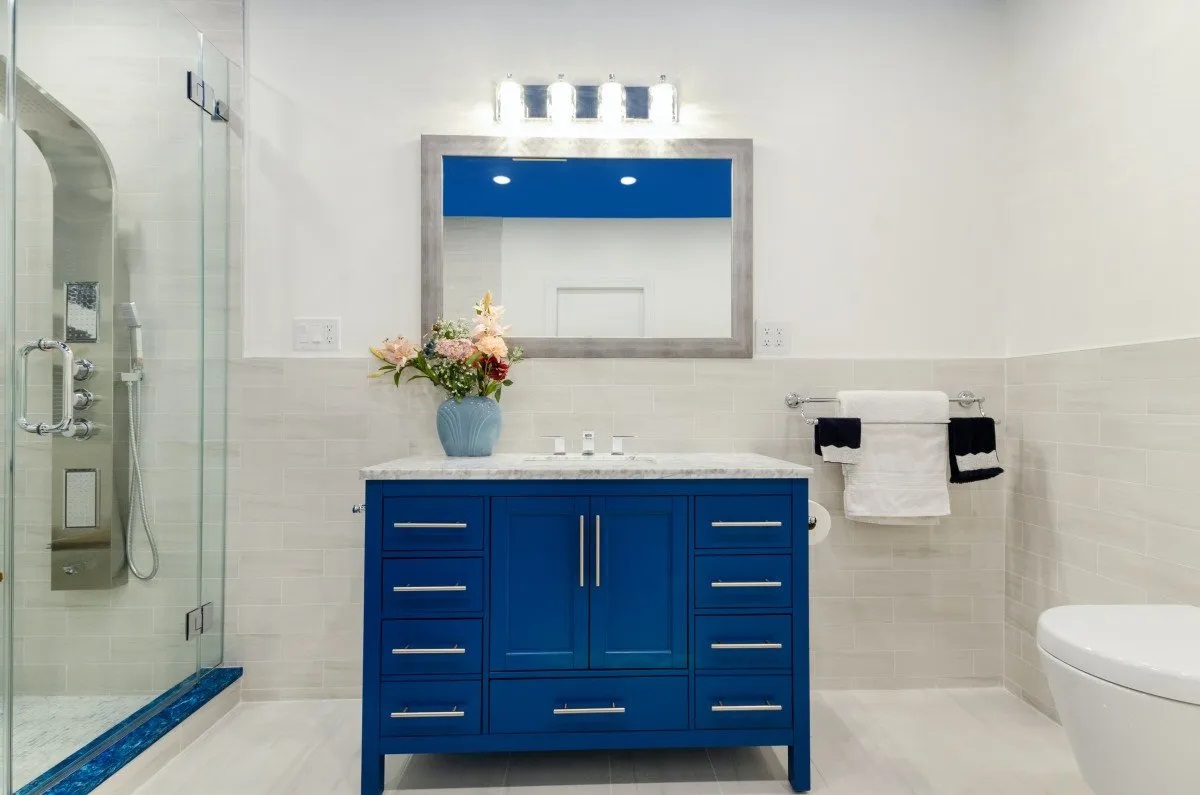



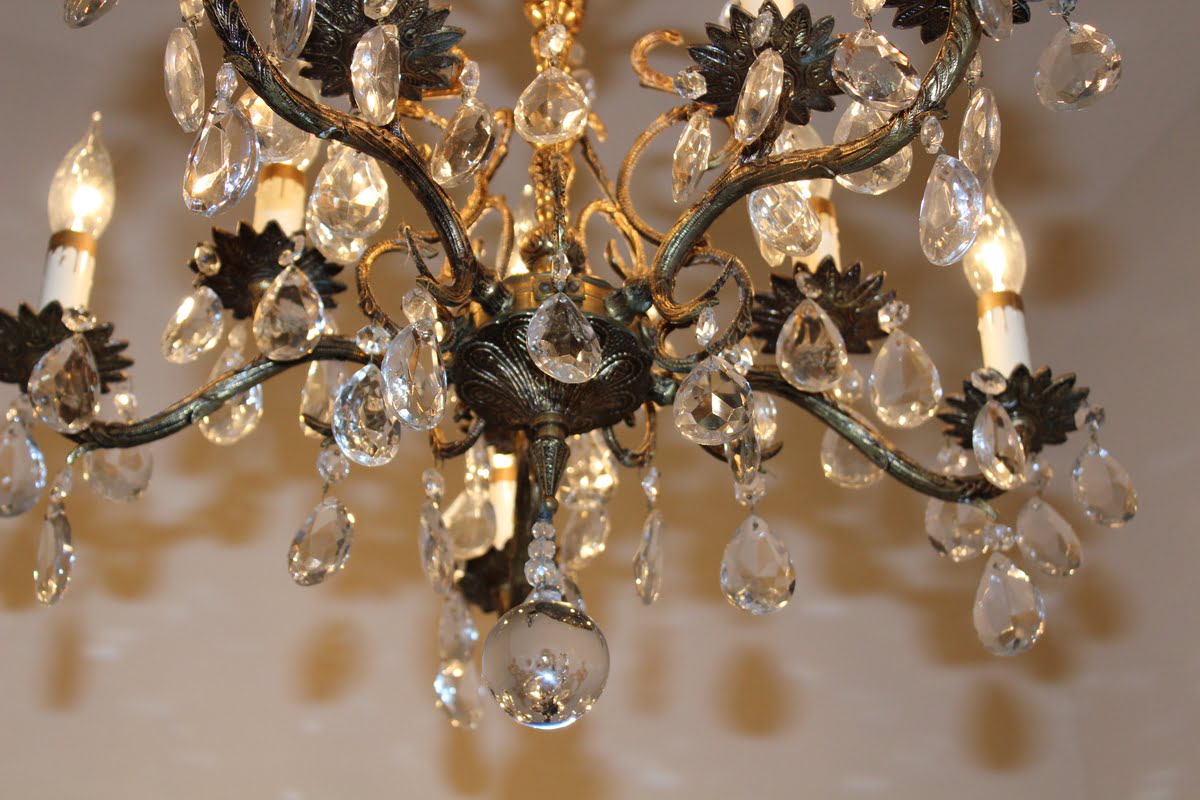
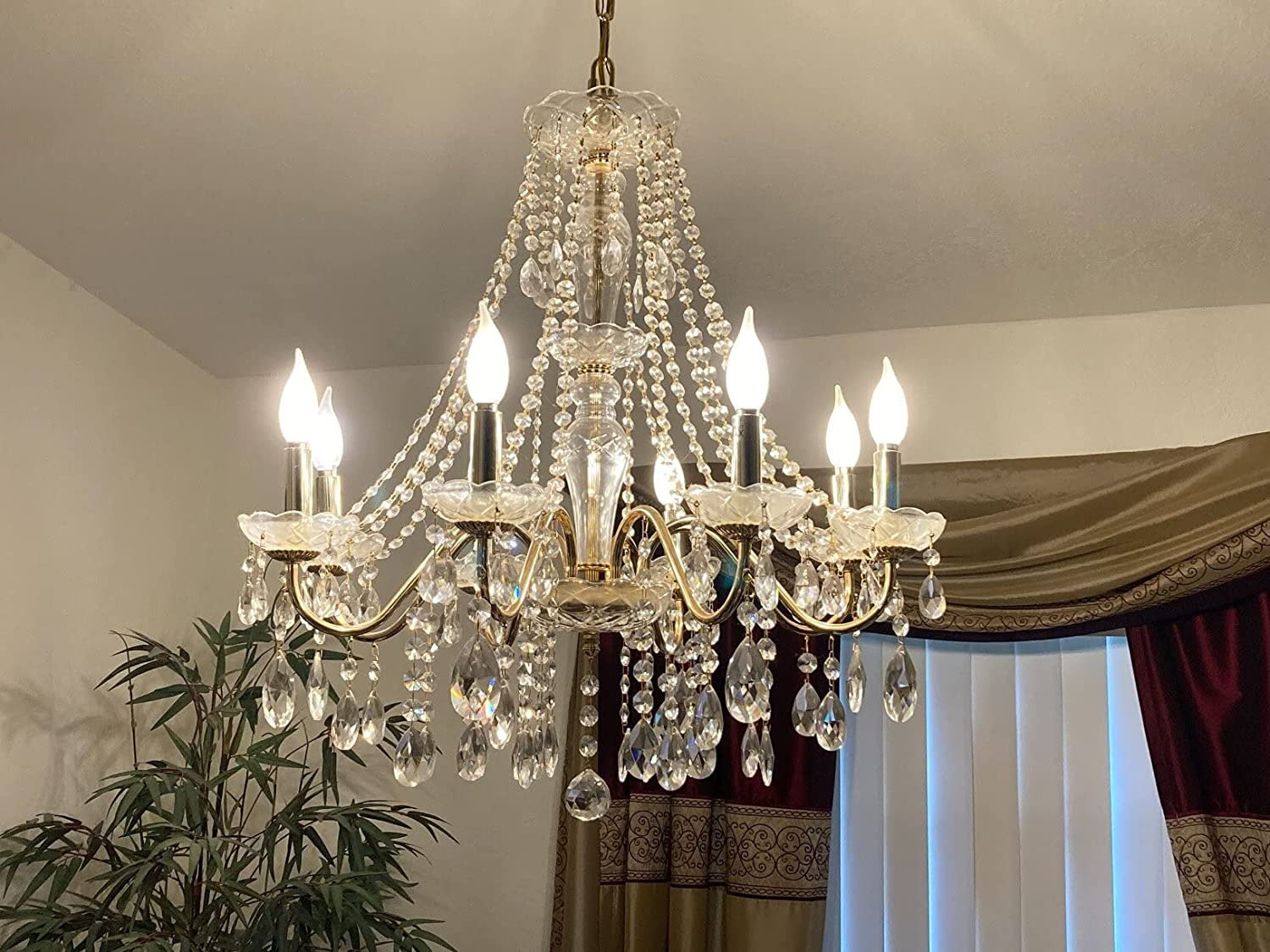
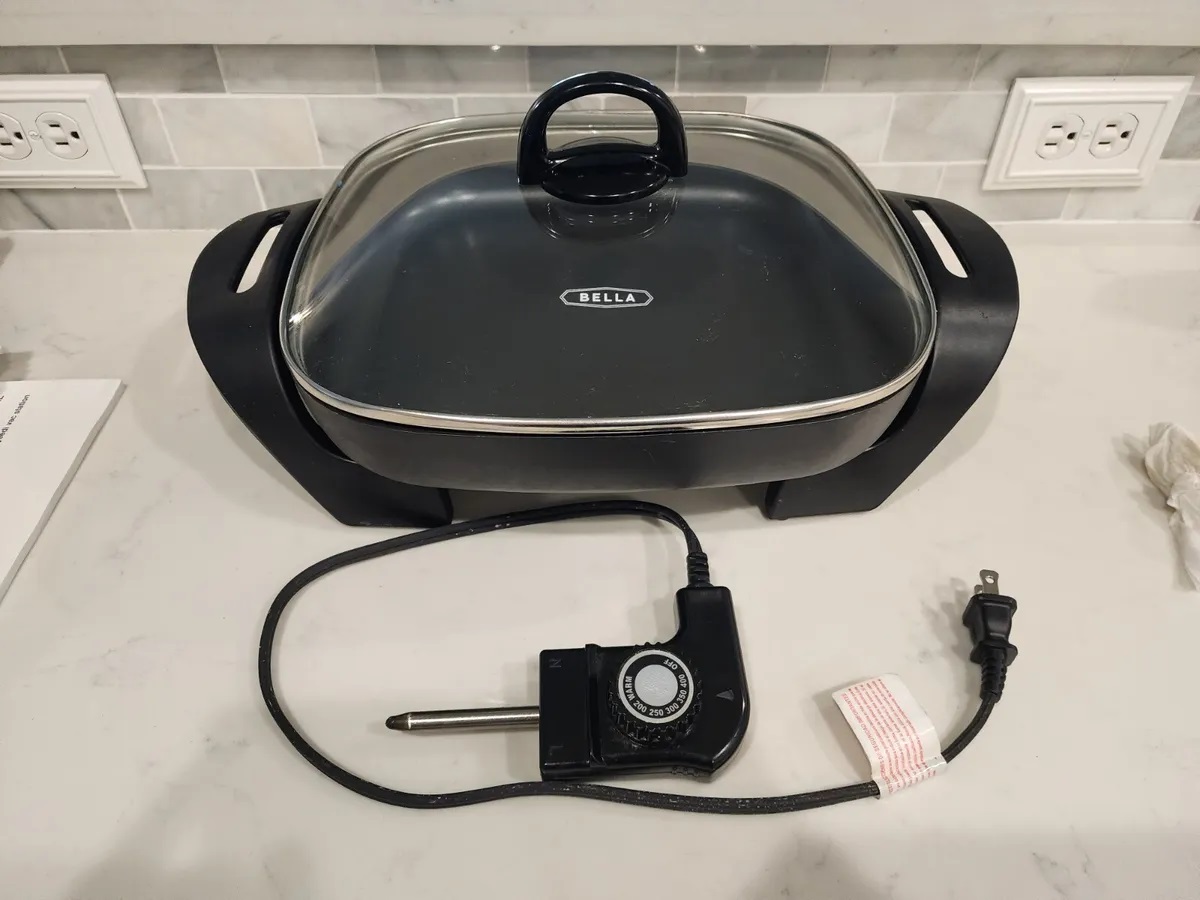
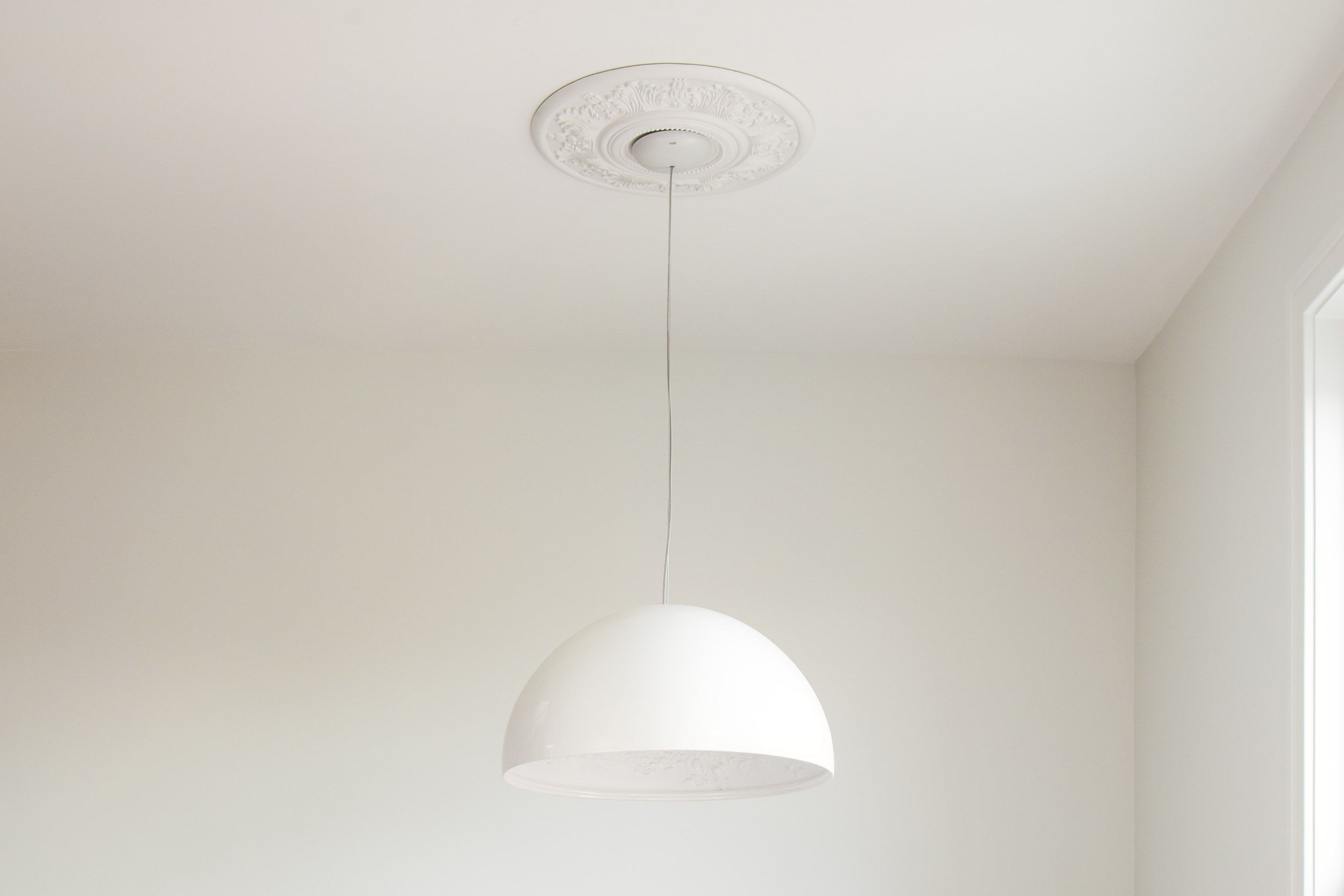

0 thoughts on “What Wattage For A Chandelier”